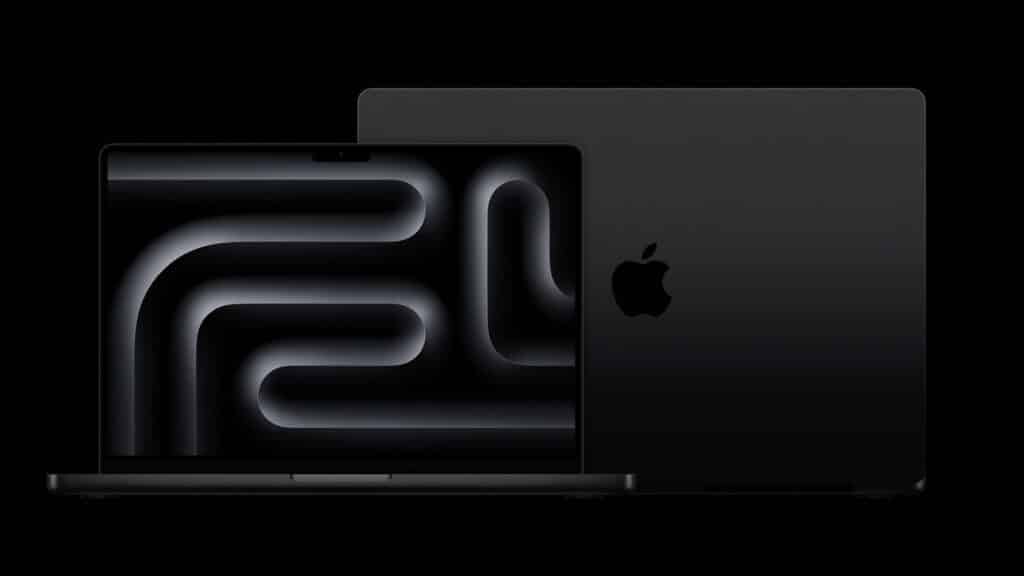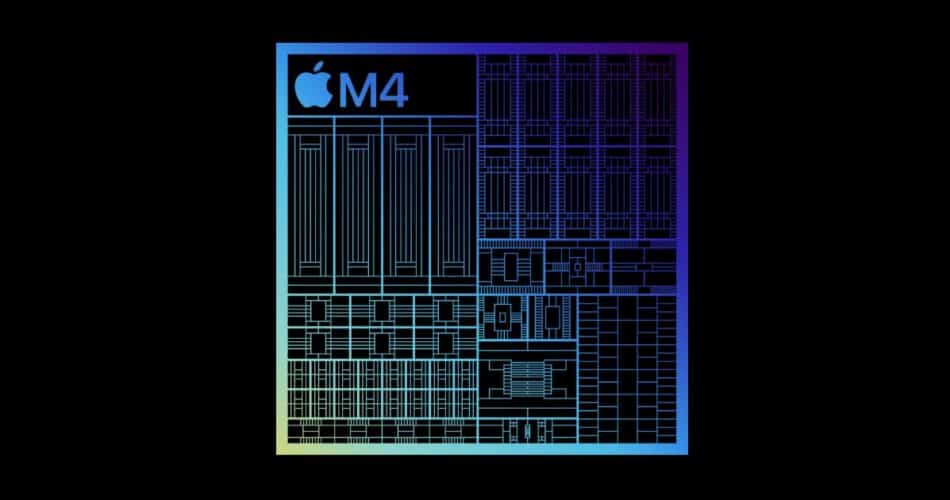The upcoming launch of Apple’s first M4 Macs in early November is generating significant excitement, especially as new benchmarks for the M4 MacBook Pro have surfaced on Geekbench, giving us a glimpse into the performance improvements compared to prior generations.
The “Mac16,1” listed on Geekbench, which is believed to be an early M4 MacBook Pro model, features a 10-core CPU. It recorded a single-core score of 3,864 and a multi-core score of 15,288. This is a substantial leap over the previous M3 Mac models, showing a performance boost in both single-core and multi-core scores. For comparison, last year’s M3 iMac, equipped with an 8-core CPU and a 10-core GPU, achieved a single-core score of 3,048 and a multi-core score of 11,708. This places the M4 MacBook Pro’s single-core performance up by a notable 26.7 percent and its multi-core performance up by 30.6 percent.
When you place these scores next to the base model M4 iPad Pro, equipped with a 9-core CPU, it’s clear that the new Macs have the upper hand in performance. The M4 iPad Pro recorded a single-core score of 3,647 and a multi-core score of 13,135, showing the difference a 10-core CPU can make. The higher-end iPad Pro models, which also feature a 10-core CPU, manage to close the gap slightly, with multi-core scores around 14,500 on Geekbench, but still fall behind the M4 MacBook Pro. This discrepancy is not unexpected, given the thermal advantages and active cooling solutions found in Macs, which allow the CPU to run at higher sustained speeds than in the more compact, passively-cooled iPad Pro.

In addition to CPU benchmarks, we also got a first look at the M4 MacBook Pro’s GPU performance through Geekbench’s Metal test. The M4 MacBook Pro posted a Metal score of 57,603, outperforming the M4 iPad Pro, which achieved a score of 53,669. While both devices share the same 10-core GPU, the active cooling solution in the MacBook Pro allows for higher sustained performance, accounting for the difference.
When compared to last year’s M3 MacBook Pro, which posted a Metal score of 49,890, the M4 MacBook Pro’s GPU is around 15 percent faster. This improvement aligns with expectations that the M4 chip would bring significant graphics performance enhancements over the M3. For context, the M3 iMac’s GPU recorded a Metal score of 47,414, suggesting that the M4 chip’s GPU is approximately 20 percent faster year-over-year. These gains are crucial for creative professionals and gamers who rely on GPU-intensive tasks, such as video editing, 3D rendering, and high-end gaming.
It’s worth noting that the M4 MacBook Pro’s benchmarks are likely enhanced by its active cooling system. Unlike the iPad Pro, which relies on passive cooling due to its slim design, the MacBook Pro is equipped with fans that help dissipate heat, allowing the M4 chip to maintain peak performance for extended periods. This thermal advantage is a key reason why we see the MacBook Pro consistently outperform the iPad Pro in sustained performance tests, despite both devices featuring similar internal components.

Apple’s decision to include a 10-core CPU and 10-core GPU as standard in the M4 MacBook Pro, along with 16GB of RAM, is a significant upgrade over previous base models, which typically featured 8-core CPUs and 8GB of RAM. This move is likely to appeal to power users who require more memory and processing power for demanding tasks. The entry-level model now also comes with 512GB of storage, another notable improvement, especially for users who frequently work with large files.
While the M4 MacBook Pro has garnered the most attention due to its leaked benchmarks, it’s just the tip of the iceberg in terms of what Apple has planned for its M4 lineup. We expect to see the M4 chip in other devices, including the Mac mini and possibly an upgraded iMac. Additionally, Apple is reportedly working on M4 Pro and M4 Max chips for higher-end models. These chips will likely feature even more CPU and GPU cores, making them ideal for users who need top-tier performance for professional-grade tasks like 8K video editing or large-scale scientific simulations.
Apple’s upcoming event at the end of October, where the M4 Macs are expected to be officially announced, could also include other hardware refreshes, such as a new iPad mini, a revamped Mac Pro, and more. The M4 Mac mini, in particular, is expected to feature both standard M4 and M4 Pro configurations, offering users a range of options depending on their performance needs.
Leaked video unboxing of the M4 MacBook Pro
In an unexpected turn of events, a Russian YouTuber, Wylsacom, recently got his hands on a 14-inch MacBook Pro with the M4 chip, sharing an unboxing video that has since gone viral. In the video, Wylsacom reveals that the MacBook Pro features 16GB of unified memory and 512GB of storage, a notable improvement over the base M3 MacBook Pro. He also highlights the inclusion of three Thunderbolt 4 ports, an HDMI port, an SD card slot, and MagSafe, signaling that Apple is maintaining its commitment to providing a wide range of connectivity options for professional users.

The unboxing video also gives us a closer look at the MacBook Pro’s design, which remains largely unchanged from previous models. The only noticeable difference is a new black MagSafe cable, which matches the device’s sleek black chassis. However, Wylsacom noted that the black finish tends to attract smudges, a minor annoyance for those who prefer a pristine look.
Wylsacom’s Geekbench test results for the M4 MacBook Pro are consistent with the leaked benchmarks, with the device scoring 3,864 in the single-core test and 15,228 in the multi-core test. He also compared the M4 MacBook Pro’s performance to previous generations, confirming that the new model offers a significant boost in both CPU and GPU performance.
Subscribe to our email newsletter to get the latest posts delivered right to your email.

